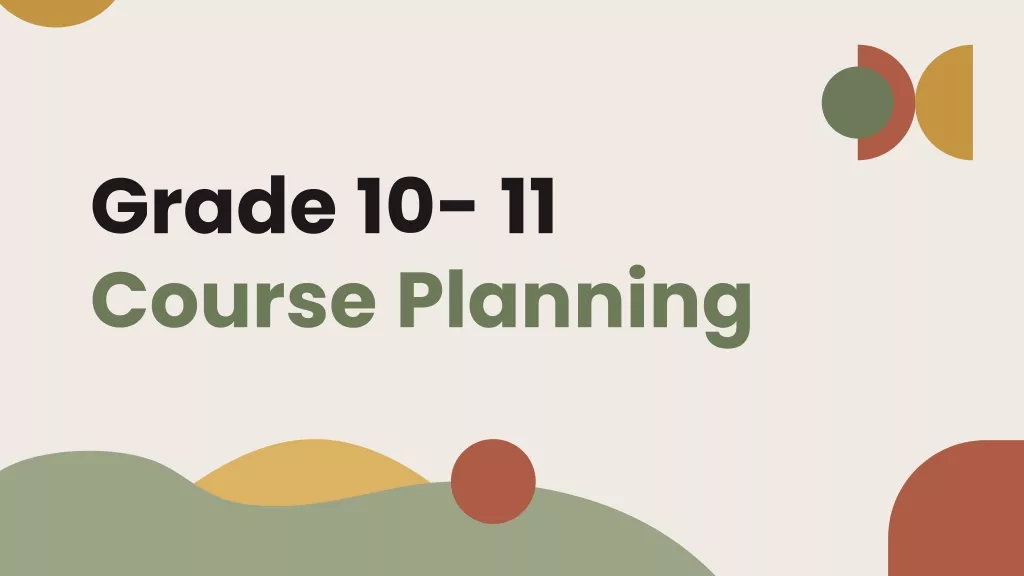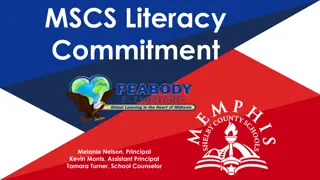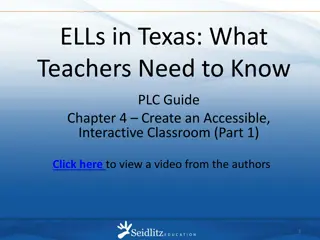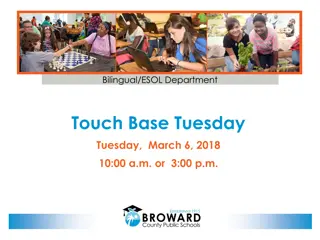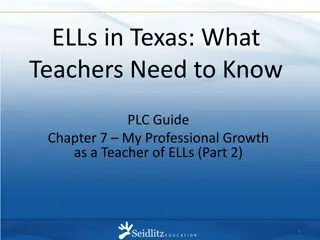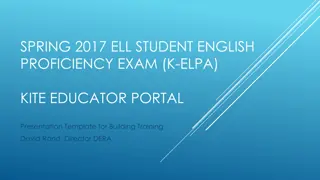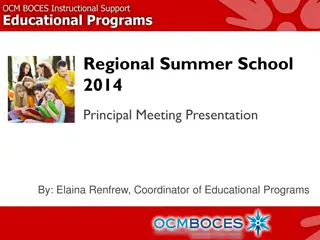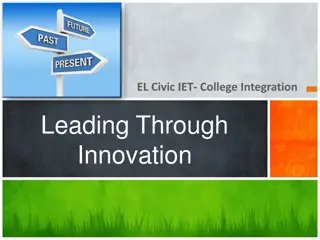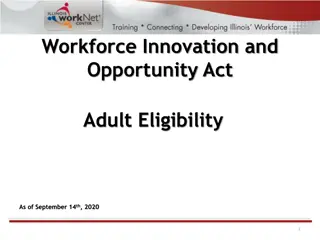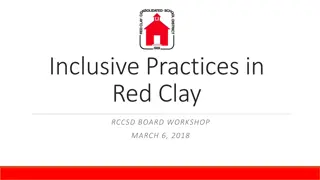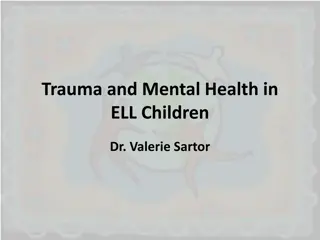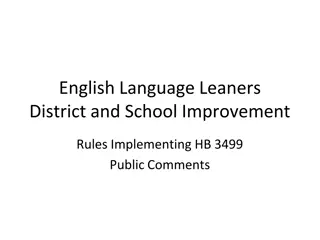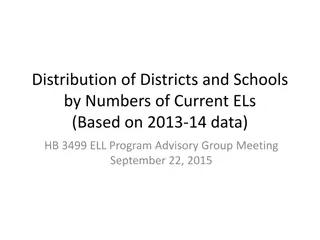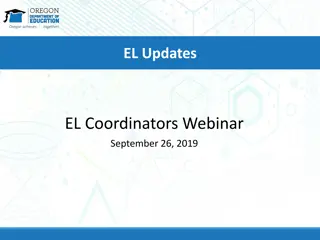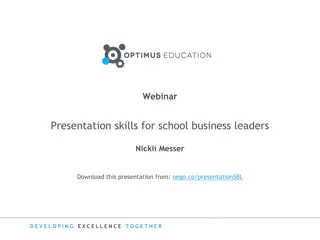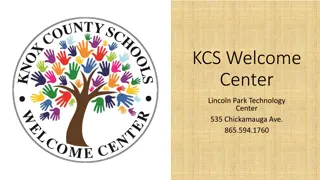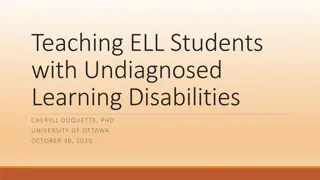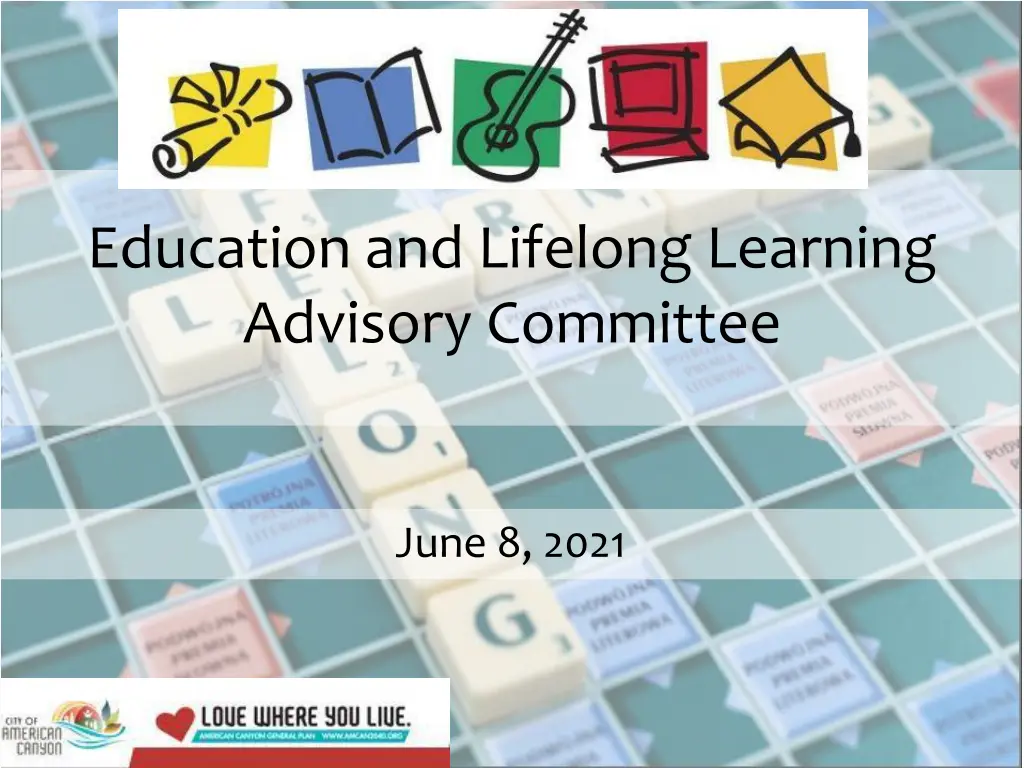
Education and Lifelong Learning Advisory Committee Workshop Recap
Explore the recent workshop held by the Education and Lifelong Learning Advisory Committee, focusing on the aspects of inclusion and equity in ELL. Discover the definition and providers of ELL, along with the partnership dynamics between autonomous providers and cities. Dive into the property locations of NVUSD and the coordination with the city on land use designations. Learn about the components of the ELL vision in American Canyon, including guiding principles, city goals, partner policies, and implementation programs.
Download Presentation

Please find below an Image/Link to download the presentation.
The content on the website is provided AS IS for your information and personal use only. It may not be sold, licensed, or shared on other websites without obtaining consent from the author. If you encounter any issues during the download, it is possible that the publisher has removed the file from their server.
You are allowed to download the files provided on this website for personal or commercial use, subject to the condition that they are used lawfully. All files are the property of their respective owners.
The content on the website is provided AS IS for your information and personal use only. It may not be sold, licensed, or shared on other websites without obtaining consent from the author.
E N D

